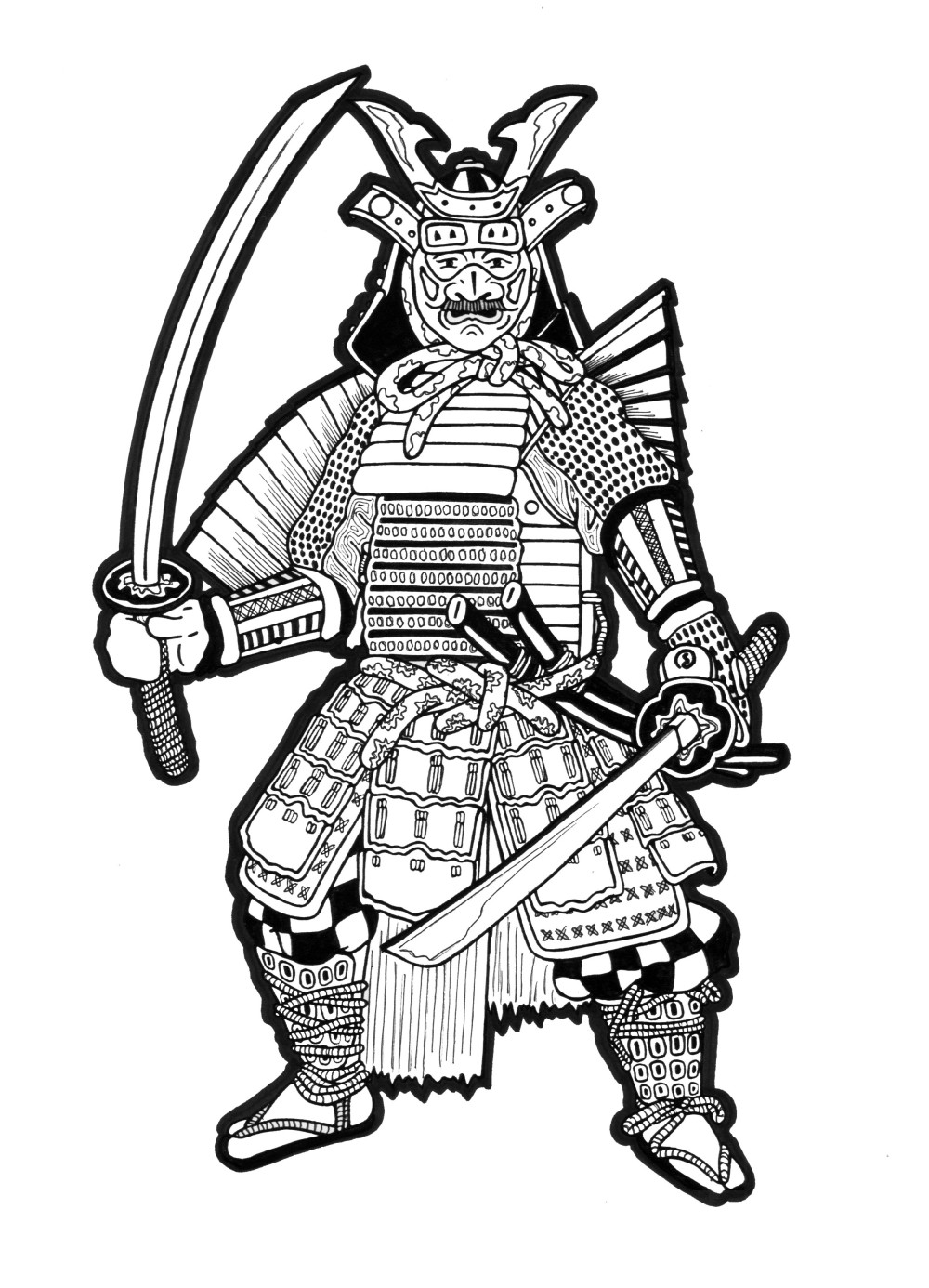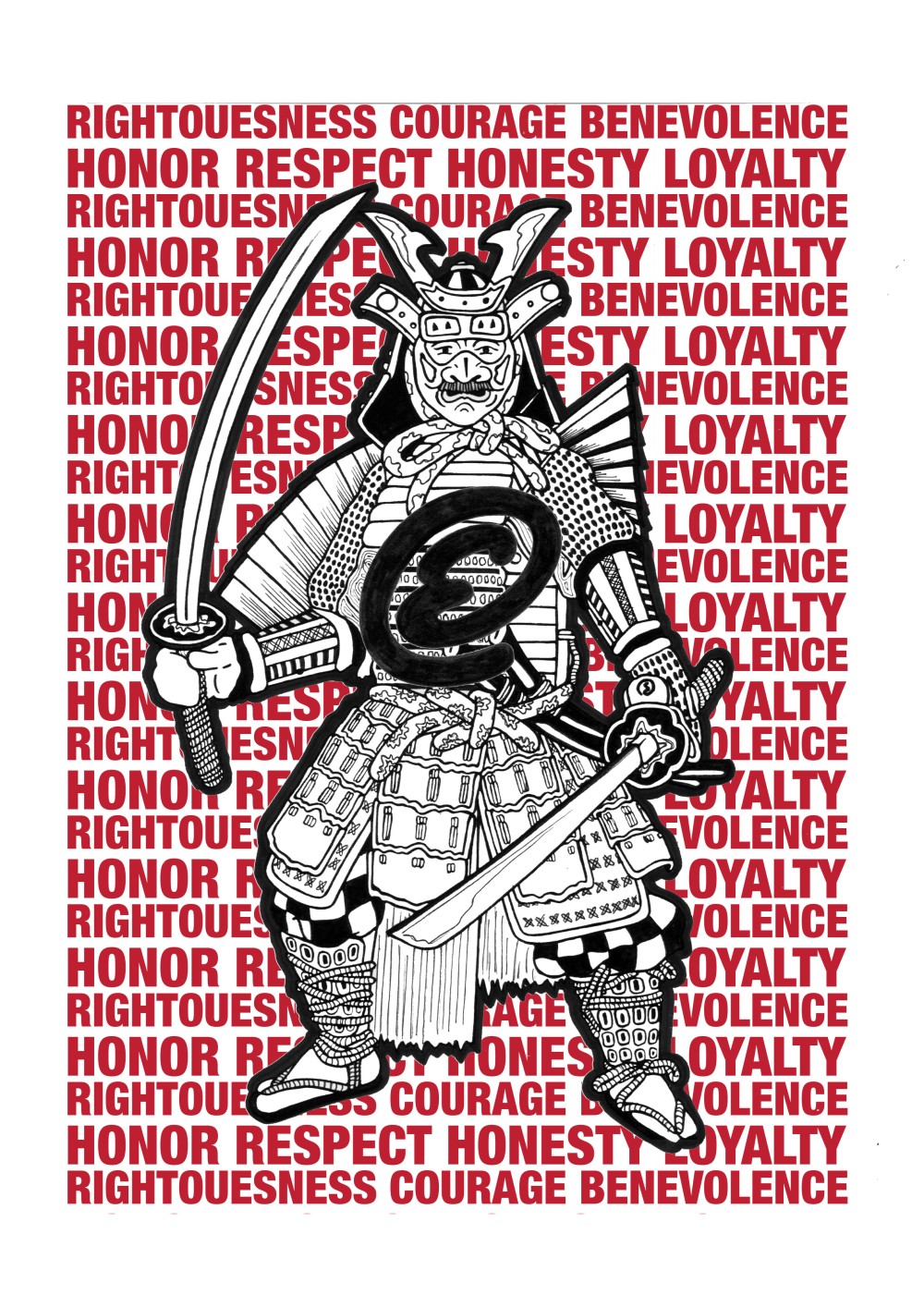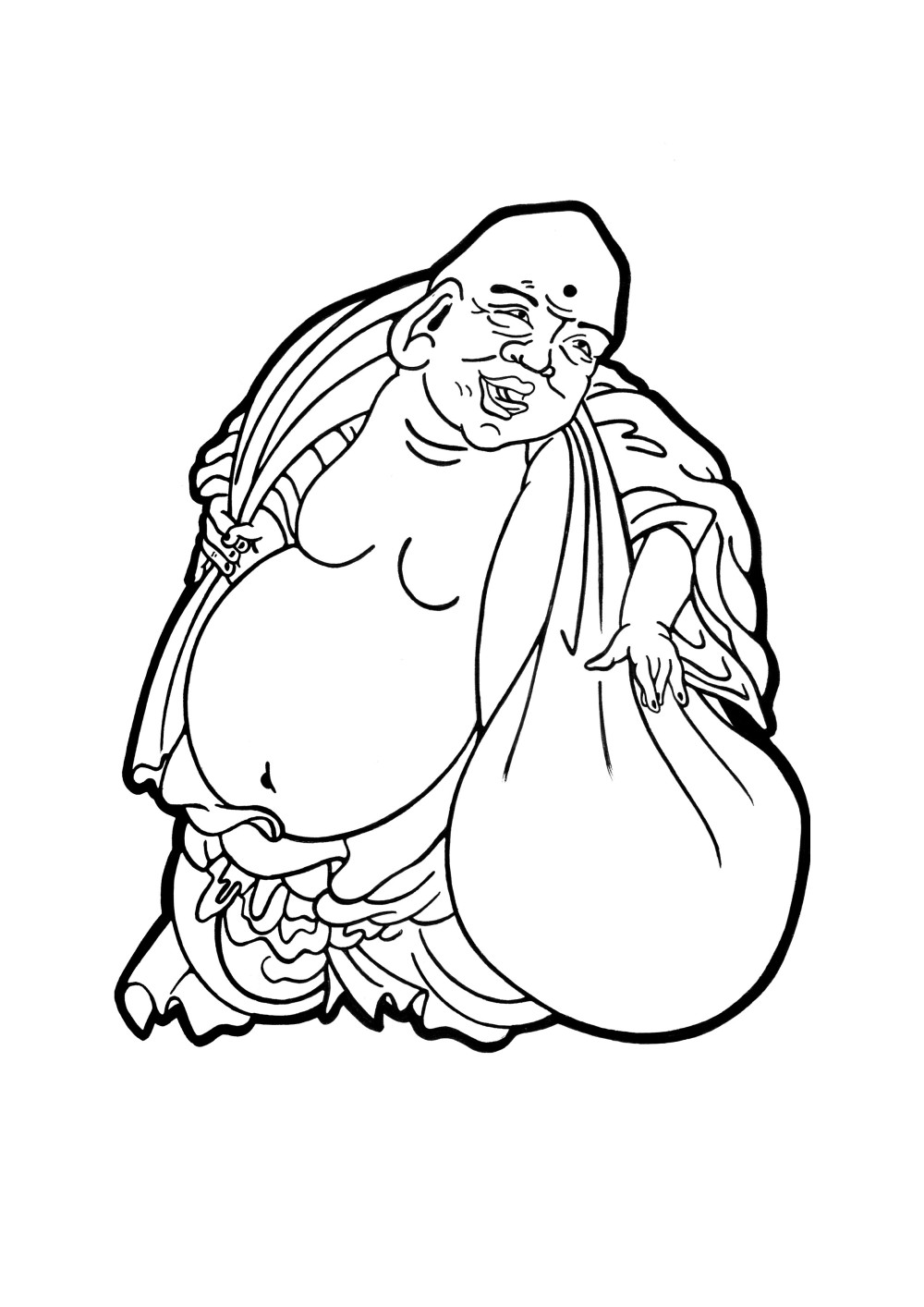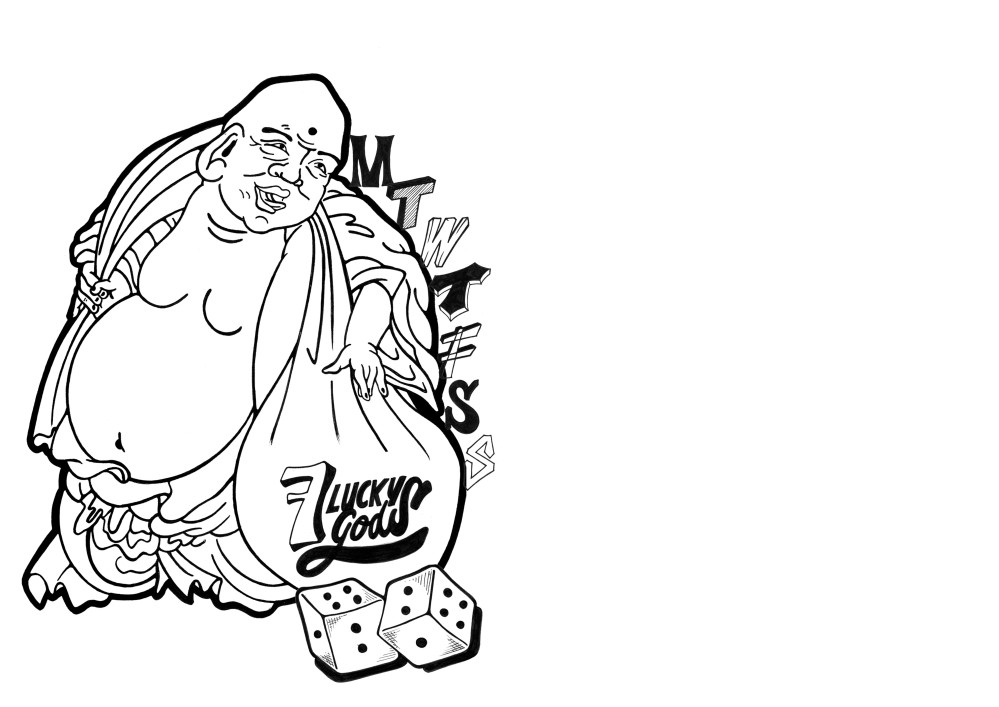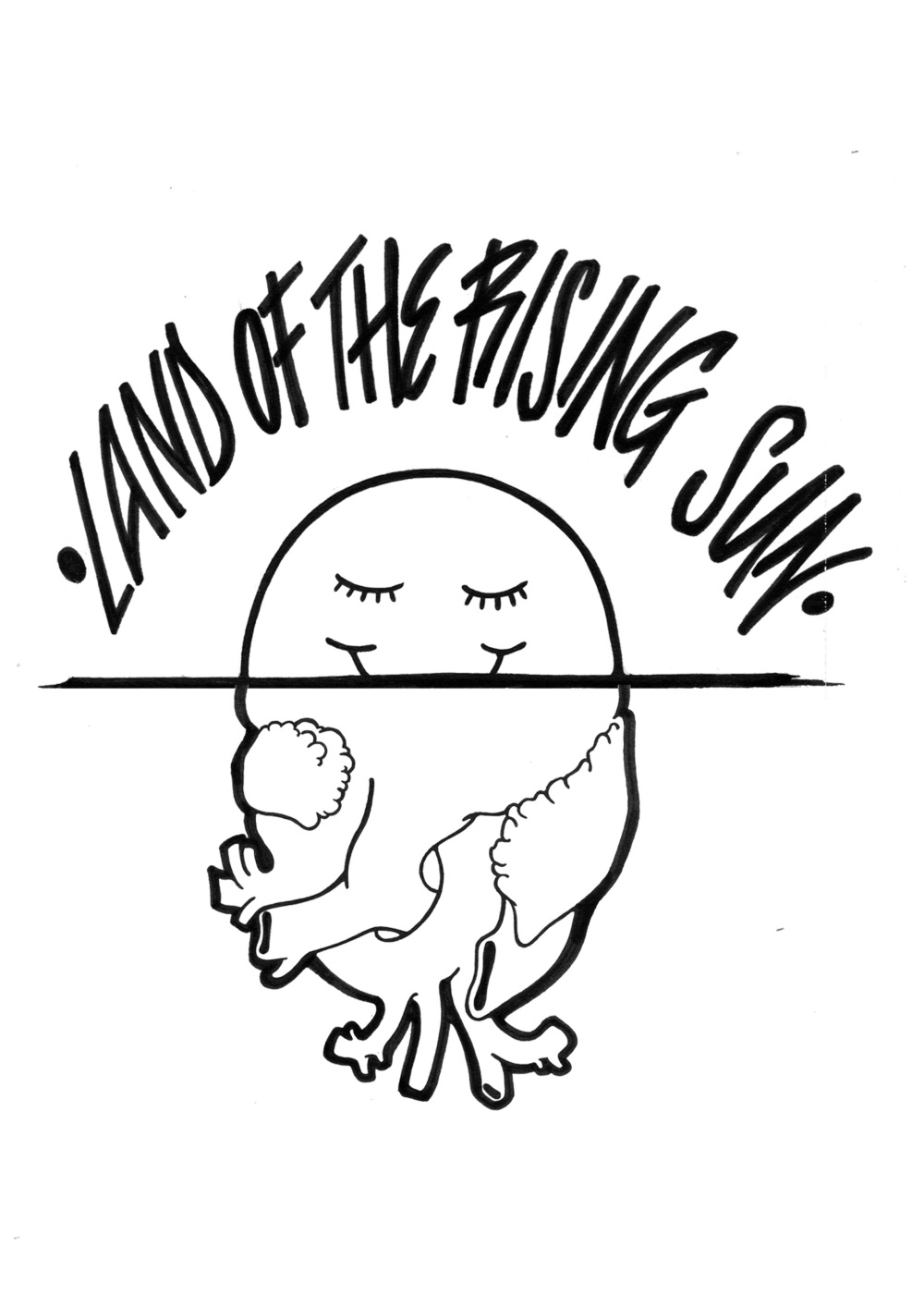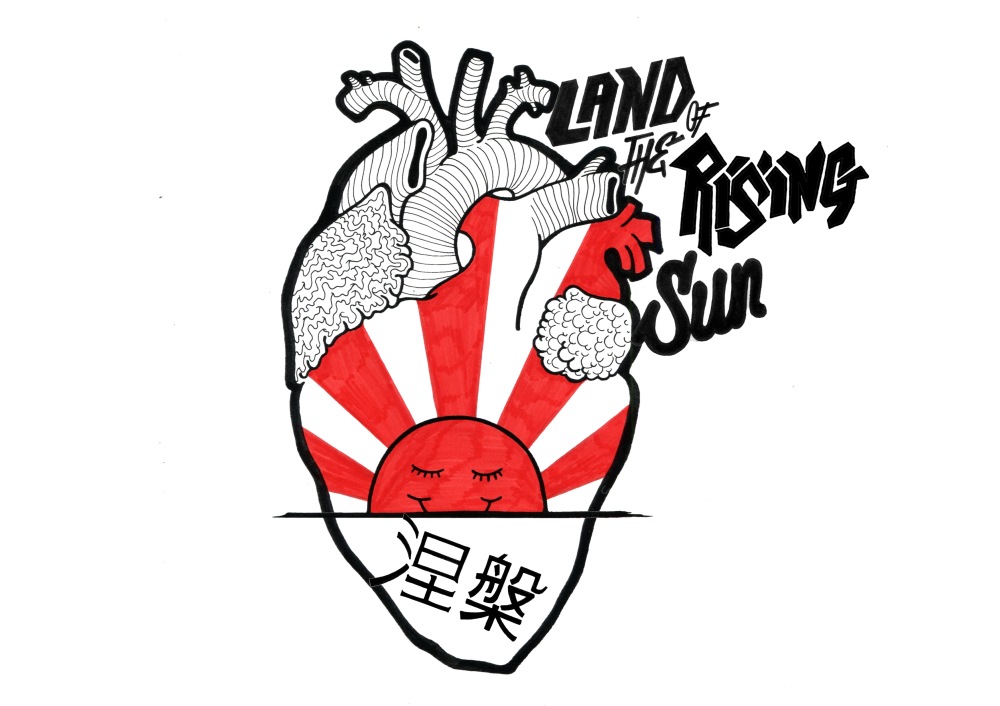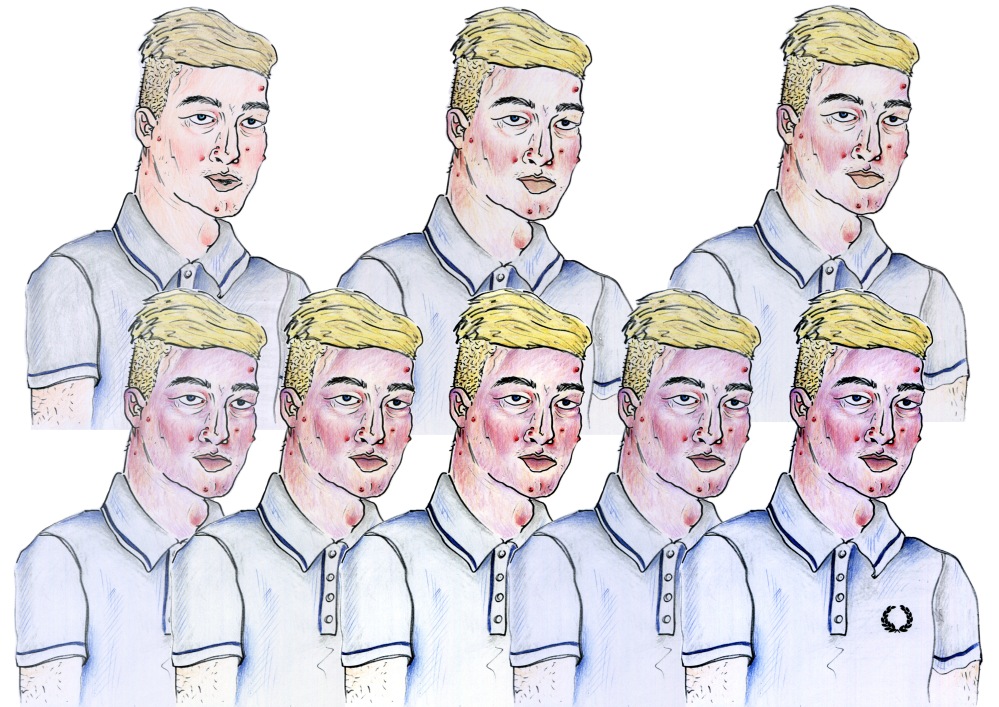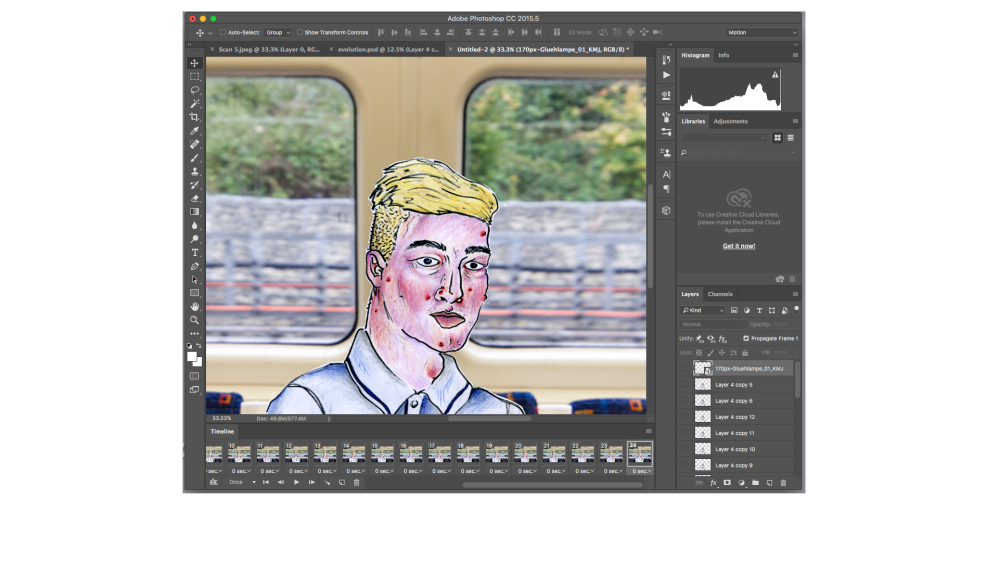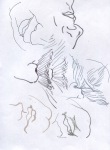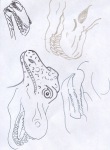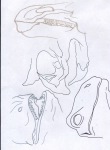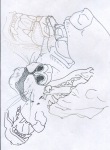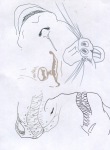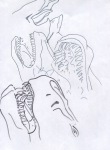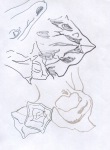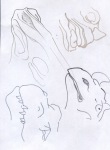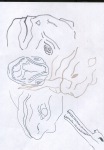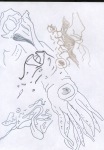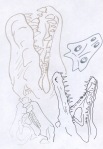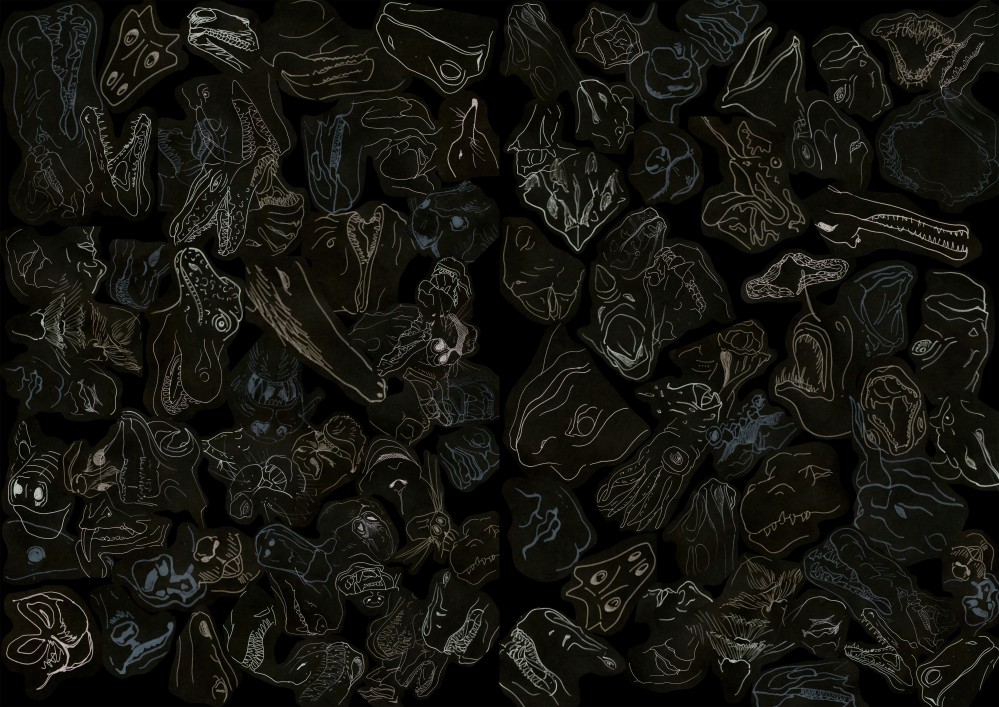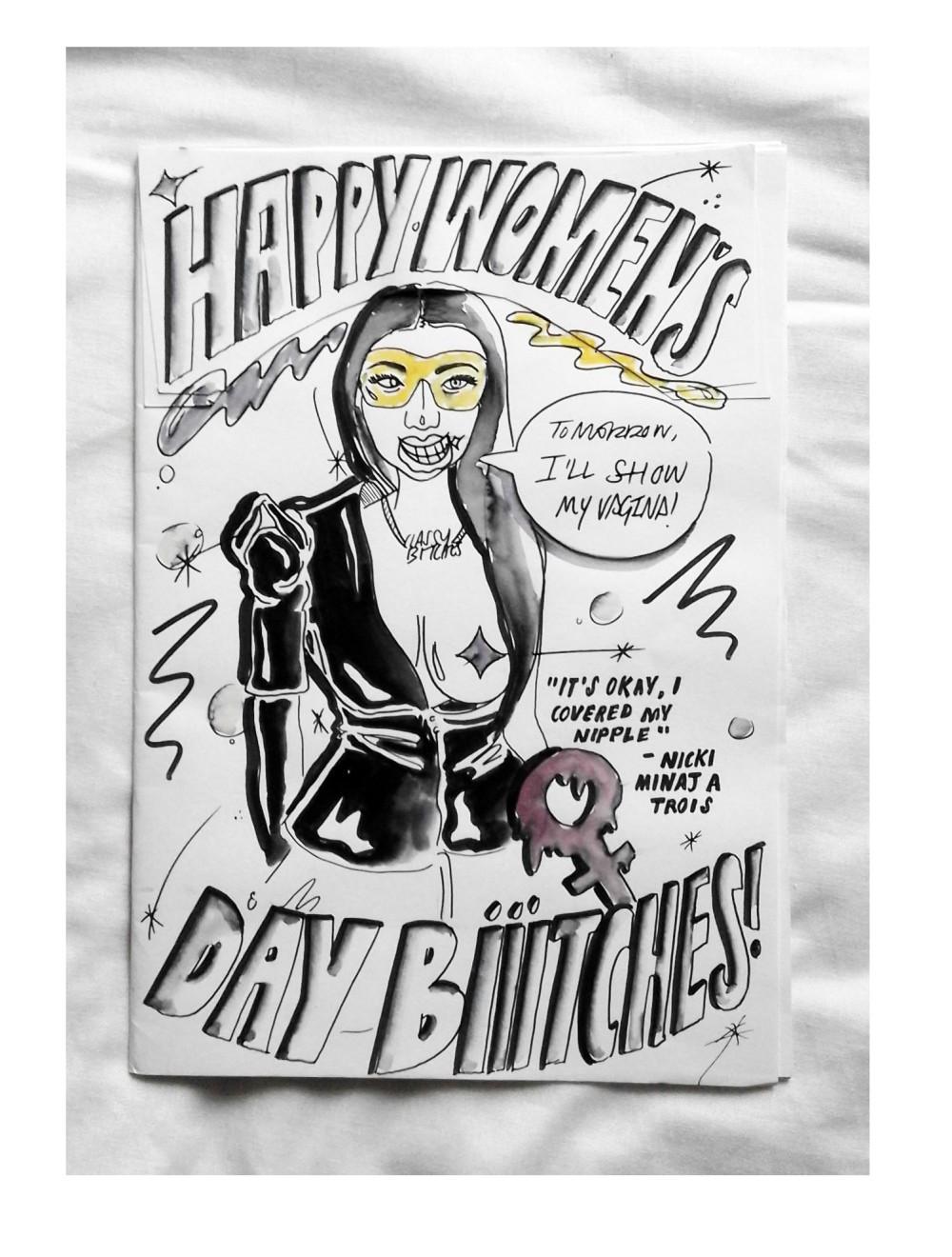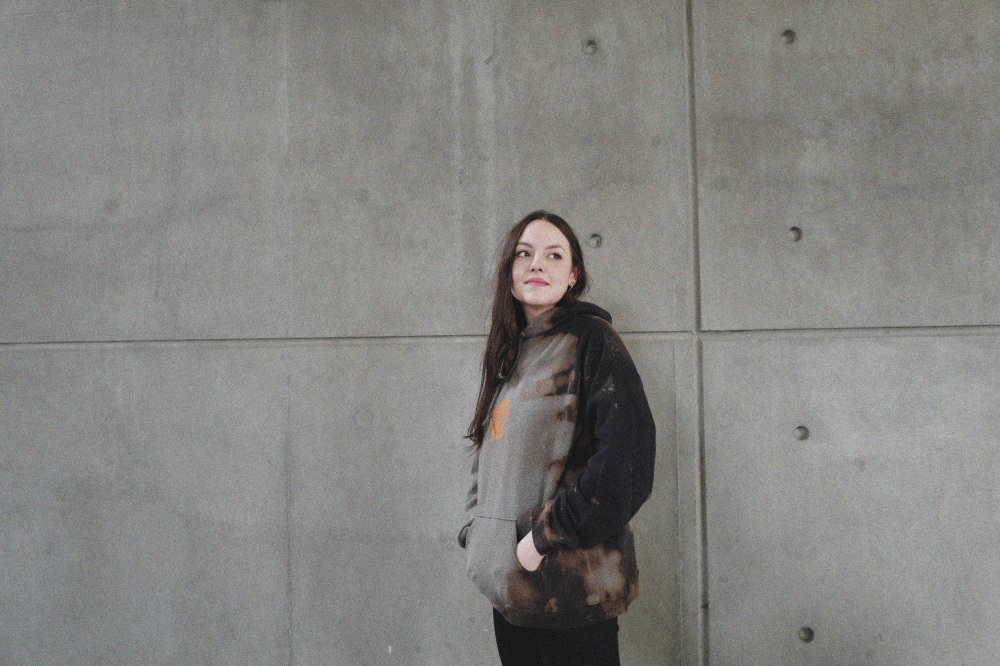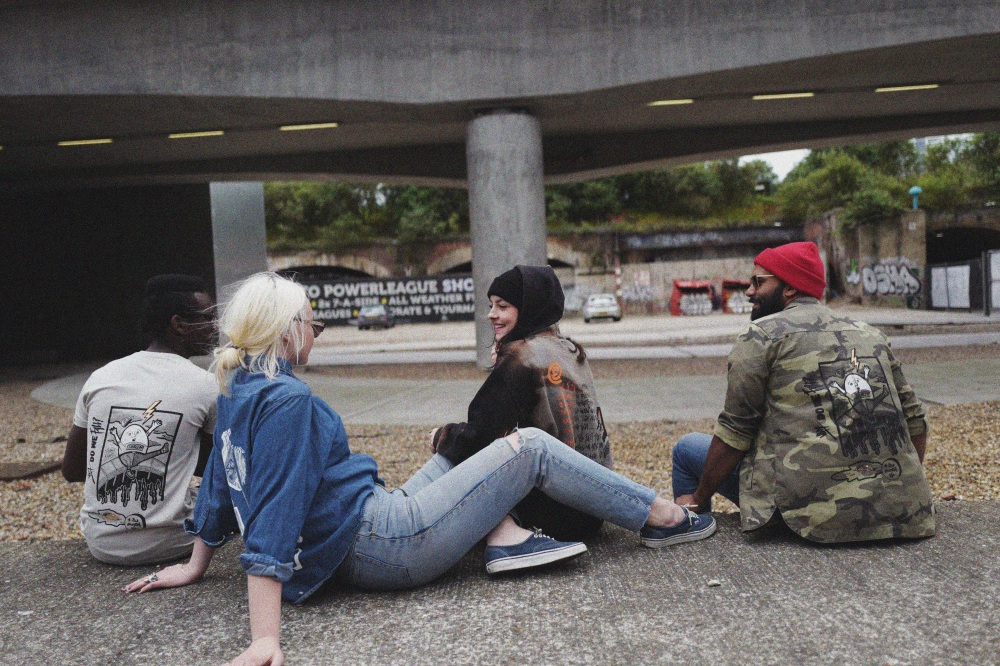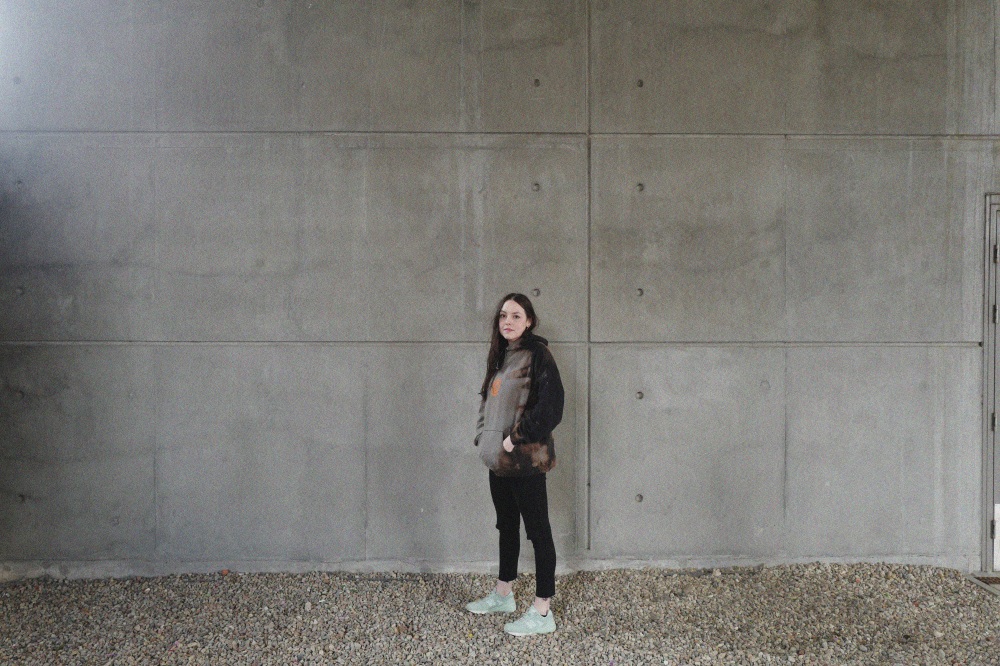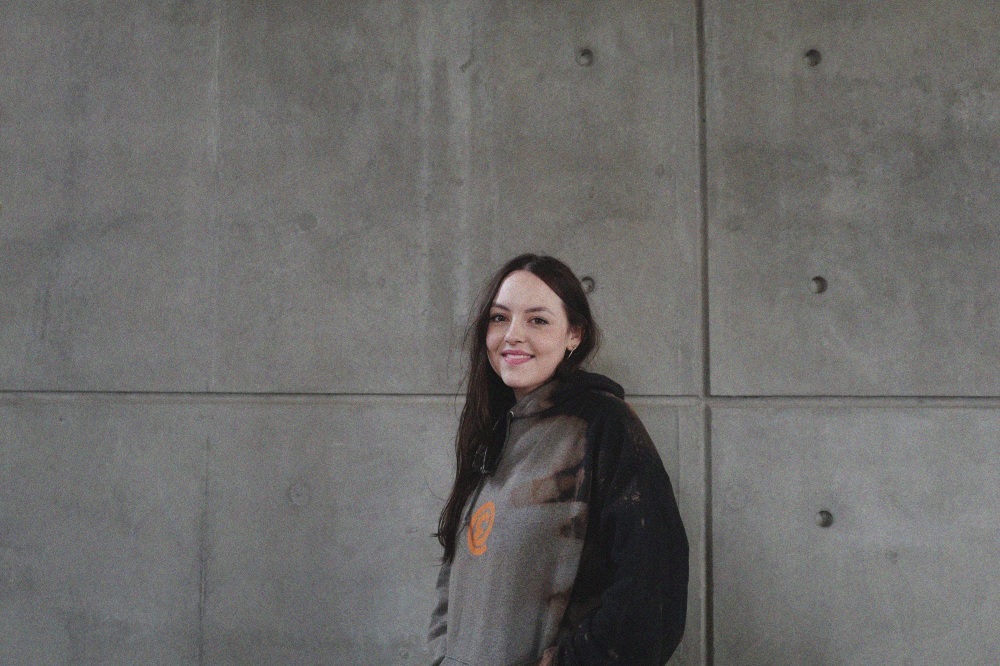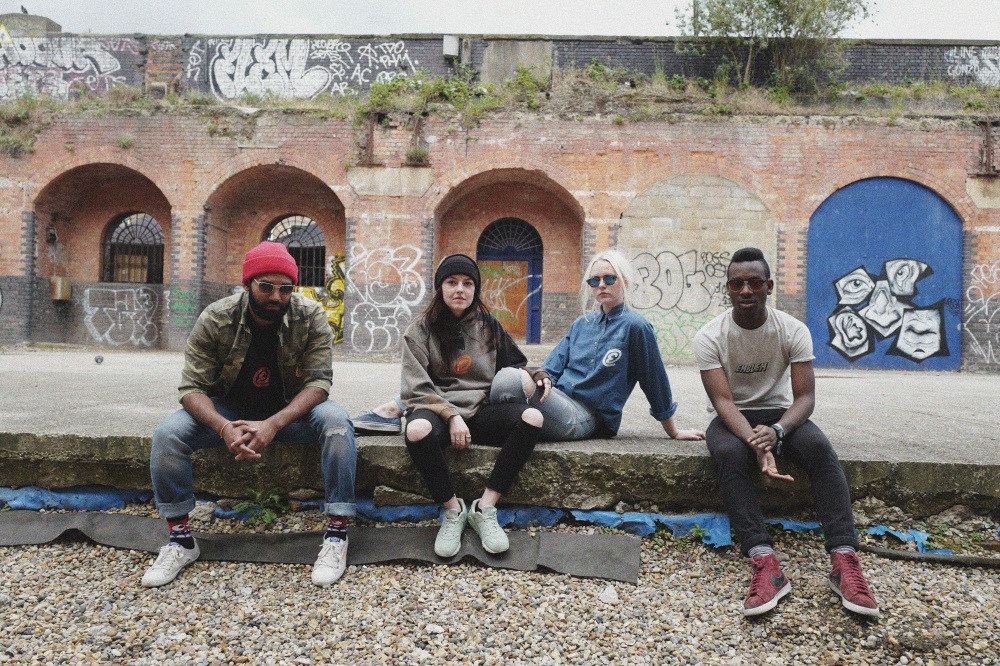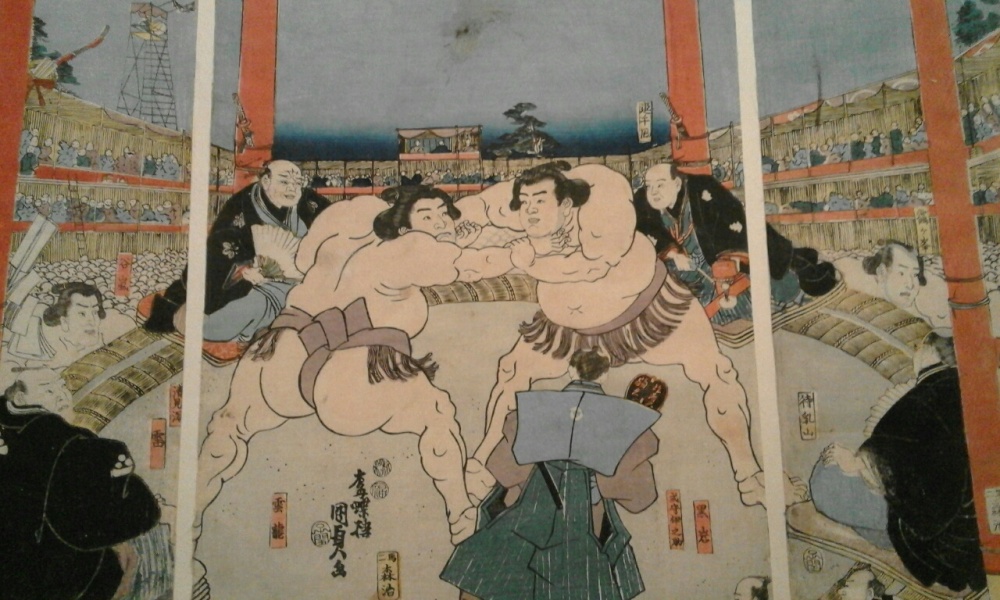
SATURDAY 13TH:
A LITTLE TRIP TO JAPAN // WITH LINNET VV.
SAMURAIS
FIGURE OF SAMURAI DRESSED IN ARMOUR
Suit of armour about 1800, figure and stool about 1860. This suit of armour has a hammered iron breastplate decorated with a buddhist deity attacking a demon. The high-quality mail is complemented by fine textiles. The fore-crest on the helmet is an articulated dragonfly. The life-size human figure with its highly realistic features is known as an iki-ningyõ (living doll). These were used both in Japan and in international exhibitions abroad, where they featuredin dioramas about Japanese life and history.
ARMOUR IN HARAMAKI STYLE
The haramaki (stomach-wrap) style of armour fitted closely around the body and fastened at the bacl. During the Edo period, when armour was needed principally for ceremony purposes, it was often made from lighter materials that had been employed in the past. In this example of parade armour, many of the parts are made of lacquerol leather rather than iron.
SUIT OF ARMOUR IN Õ-YOROI STYLE
Armour about 1400-1500, helmet and shin guards about 1800. This style of armour was in use by the 12th century. Known as õ-yoroi (great armour) it incorporated small plates of lacquered leather or iron laced together in rows. This provided the flexibility needed for fighting from horseback with sword or bow. The smooth covering of deerskin across the front prevented snagging of the bowstring. This suit of armour was re-assembled in the 19th century for ceremonial use, and a new helmey and shin guards were added.
THEATRE MASKS
1. MASK OF OKINA: 2000_ Okina is a deity who takes the form of an old man and has featured in Shintõ rituals since the 10th century. Dances by a performer weating a mask of Okina are an important way of offering prayerd for peace, fertility and longevity. The mask is treated with great reverence and is regarded as the physical incarnation of the deity.
1.1. NÕ MASK OF A YOUNG NOBLEMAN (IMAWAKA): 2000_ Masks are used to create a mood of yûgen, a japanese aesthetic concept suggestive of sadness, mystery, elegance and calm. This mask, representing a young man of noble birth, is used for various characters in Nõ plays. These include the ghost of the 9th century courtier and poet Ariwara no Narihira and the spirit of the 12th century warrior poet Minamoto no Yorimasa.
2. NÕ MASK OF A YOUNG WOMAN (WAKA-ONNA): 2000_ Suzuki Nohjin. Carved and painted cyprus.
3. NÕ MASK OF A FEMALE DEMON (HANNYA): 1650-1750_ Carved and painted cypress.
4. NÕ MASK OF A FEARSOME AGED DEITY (HANAKOBU-AKUJÕ): 1650-1700_ Signed ‘Made by Hidemitsu’ for Deme Gensuke Hidemitsu. Carved and painted cypress.
5. NÕ MASK OF A GRACEFUL OLD WOMAN (UBA): 1650-1700_ Signed ‘Copy of Uba made by Himi’. Carved and painted cypress.
6. NÕ ROBE: 1980_ The lavishly patterned robes of the Nõ theatre are among Japan’s most spectacular textiles. This elaborate example would have been worn by an actor playing a female role. It was created by Yamaguchi Yasujirõ, who dedicated his career to recreating the complex patterns, dyes and weaving techniques of Nõ robes of the Edo period.
NETSUKE
Traditional forms of Japanese dress such as the Kimono did not have pockets. A man would carry everyday items in containers suspended on silk cords from the sash (obi) around his waist. The arrangement was held in place by a toggle known as a netsuke. Netsuke were an ideal medium for inventive decoration and developed into miniature works of art. Most of the netsuke displayed here were made between 1700 and 1870.
KIMONOS & SACH
OUTER KIMONO FOR A YOUNG WOMAN (UCHIKAKE)
1880-90 Chemical introduced to Japan in the late 19th century had a great impact on kimono design. This can be seen in the sophisticated pastel hues and delicage shading of this Meiji period (1868-1912) garment. The pattern has been created using the yûzen technique. Designs are drawn onto the cloth with a thin ribbon of rice pasta that creates a boundary between the various colours that are then brushed on.
SASH (OBI) FOR A KIMONO “NEVER GIVE UP”
2000 The subtle glossiness of this obi’s patterned ground comes from the use of flat thread coated in black lacquer. A design of a torn and shredded foldingfan, picked out in white and gold, is set dramatically against the intense blackness. The image of the fan symbolises a message of medieval samurai conviction – never to give up or withdraw.
SLEEVELESS JACKET WITH MILITARY MOTIFS
1900-30 This colourful jacket would have been worn on a celebratory occasion, the military motifs suggesting the Boy’s Day Festival in May. The pattern was created using the tsutsugaki freehand paste-resist dyeing technique. The fine lines of the design are drawn on the cloth with rice pasta squeezed from a tube. The paste forms a protective coating that prevents colour penetrating when the fabric is dyed.
KIMONO FOR A WOMAN
1850-1900 This kimono was made using the kasuri technique. Sections of yarn were tightly bound before being immersed in the indigo dye bath. The colour did notbpenetrate the protected areas, resulting in thread that was partly white and partly blue. The design then emerged as the cloth was woven. Kasuri kimono wrre fashionable among 19th century city dwellers.
OUTER KIMONO (UCHIKAKE)
1870-90 This exuberant outer kimono features scenes from two well-known plays. Decorative themes on actual Kabuki stage costumes were not usually so literal, so this garment may not have been worn by an actor byt by a high ranking courtesan. The pleasures of the theatre and the brothel were closely linked during the Edo period.
GRAPHIC & PRINTS
‘THE COURTESAN ÕYODO OF THE TSURUYA BROTHEL’; From the series Courtesans as the Six Poetry Immortals_ 1813: Courtesans were sophisticated and highly trained entertainers who, if successful, enjoyed celebrity status. The large number of prints and books in which they are portrayed reflects how they were seen as trend-setters for their styling, make-up and manners. Õyodo is one of six famous courtesans illustrated in this book. The red of her luxurious under-kimono was suggestive eroticism.
THE ACTORS YAMASHITA KYÕNOSUKE AND ICHIKAWA DATEZÕ: From Picture Book of the Kabuki Stage in Fan Shapes_1770: Kabuki was a form of popular theatre which both male and female roles were played by men. The extravagant costumes, elaborate make-up and gestural style of acting were captured for theatre-lovers in large numbers of prints handbooks. This book was one of the first to reprinted in multiple colours. The names of the actors next to their portraits were written on by handout a later date.
‘SUDDEN SHOWER OVER SHIN-YANAGI BRIDGE’: From Both Banks of the Sumida River at a Single Glance_ 1806: The Sumida River was the leisure hub of Edo (Tokyo). The Yoshiwara brothel district and the city’s three Kabuki theatres lay on its upper west side. Along its banks were restaurants, tea-houses and other places of entertainment. The bridge visible on the far side of the river was on many that criss-crossed the city’s numerous canals.
